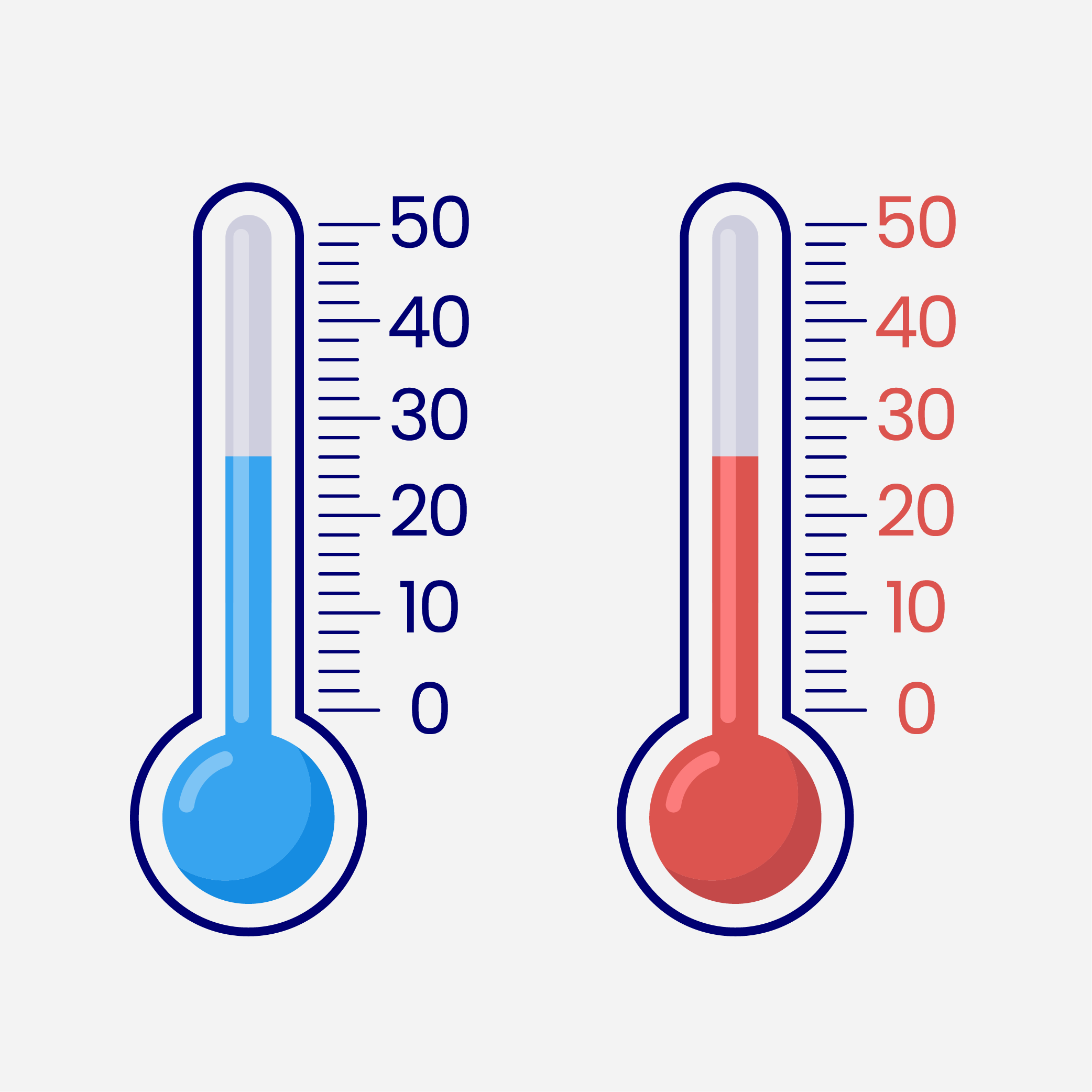Chapter 4: Heat
What you need to learn in this chapter

In this chapter, we will be learning about heat and its various aspects. Firstly, we will understand thermal equilibrium, which is when two objects are at the same temperature and no heat flows between them. We will explore examples of thermal equilibrium in our daily lives and learn how to calibrate a liquid-in-glass thermometer using two fixed points.
Next, we will delve into specific heat capacity, which is the amount of heat energy required to raise the temperature of a substance by one degree Celsius. We will also define specific heat capacity, which is the heat capacity per unit mass of a material.
Moving on, we will explore specific latent heat, which is the amount of heat energy required to change the state of a substance without changing its temperature. We will define specific latent heat, specific latent heat of fusion (for solid to liquid transition), and specific latent heat of evaporation (for liquid to gas transition).
Lastly, we will study gas laws, which explain the relationship between pressure, temperature, and volume of a gas based on the Kinetic Theory of Gas. We will conduct experiments to determine the relationship between the pressure and volume of a fixed mass of gas at constant temperature.
By the end of this chapter, we will have a solid understanding of heat and its various concepts, including thermal equilibrium, specific heat capacity, specific latent heat, and gas laws.
Topics in this chapter
Live Tuition Recordings










Evaluate your academic performance through detailed report
Learn more »
